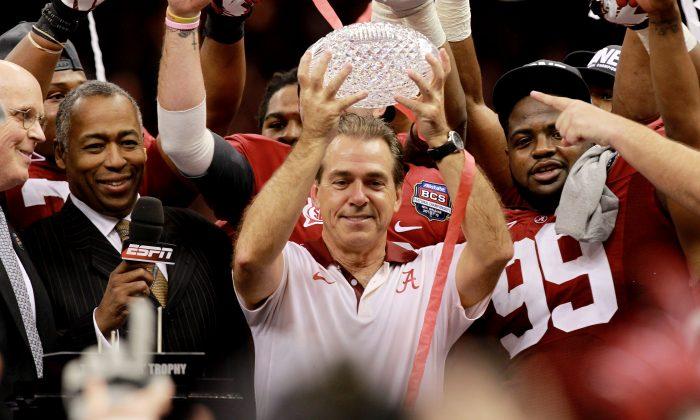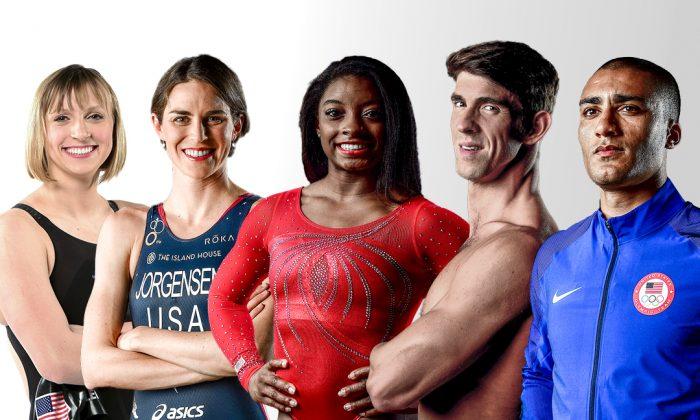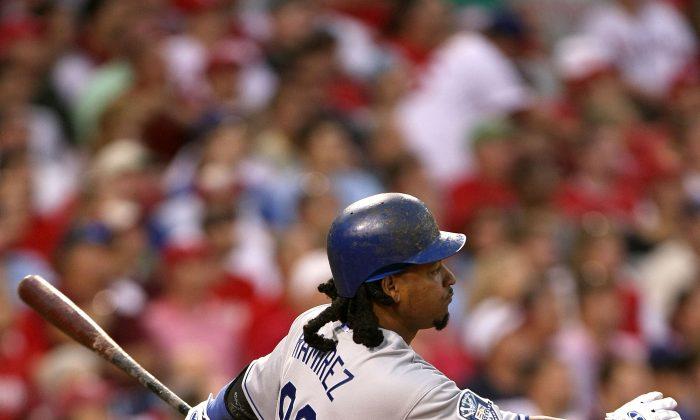Some said the best men’s match ever was the epic 1980 Wimbledon final between Bjorn Borg and John McEnroe—where Bjorg prevailed over the up-and-coming McEnroe 1–6, 7–5, 6–3, 6–7 (16), 8–6 to win his fifth straight title at the All-England club.
But if that match was before your time (like it is mine) then you have to go with the 2008 Wimbledon final between five-time defending champion Roger Federer and the challenger Rafael Nadal.
Why? Let’s relive it:
The Setting
Following the retirements of Pete Sampras (2002) and Andre Agassi (2006), not only was there no major rivalry to fuel the men’s game, Federer had few challengers to push him. Consequently, he was running roughshod through the majors.
He won his first, Wimbledon, in 2003 at age 21 and then followed that up with what became known as the “Federer Slam” in winning the Australian Open, Wimbledon, and US Open in the same calendar year in 2004. He would repeat the feat in 2006 and 2007, with only a loss at the 2005 Australian Open semis keeping him from achieving the three-fourths Slam, four years in a row.
But it was the French Open that eluded him the whole time and the man with the stranglehold on the prestigious clay-court event was the younger Nadal—by nearly five years—who topped Federer in the 2005 French Open semis, on the way to his first major championship. Nadal then bested Federer in the French Open finals in 2006, 2007, and yet again in 2008.
In 2008, Federer’s grip on the tennis world finally started to slip. The world’s No. 1 ranked player since February 2004 had bowed out in the semis of the Australian Open that January against another up-and-comer named Novak Djokovic. That snapped Federer’s streak of 10 straight major finals appearances—eight of which he won.

Suffering from a bout of mono that year, Federer still kept pace on the tour—with lesser results to show. Losses to Andy Murray, Mardy Fish, Andy Roddick, and a pair of losses to Nadal that spring—leading up to their French Open and Wimbledon final clashes—left Federer with just one title and plenty of questions about his state of play heading into the summer.
Nonetheless, Federer made it through the first six rounds of an upset-riddled French Open without having to match up with anyone in the top 20. It was fool’s gold though.
In the finals, Nadal—who at this point had been ranked second behind Federer every week for nearly three years straight—was waiting for him again and the result was so ugly that Federer apologized to the crowd afterward. The Spaniard demolished the men’s top-ranked player 6–1, 6–3, 6–0 in a match that took just an hour and 48 minutes—three hours less than what their Wimbledon clash, one month later, would take.
Still, grass courts were Federer’s strong suit and while Nadal had turned back Federer three straight times at the French Open finals, Federer had returned the favor in the Wimbledon finals in both 2006 and 2007—though the latter took Federer five sets to win.
Their 2008 Wimbledon final would mark the third straight year these two tangled in both the Wimbledon and French Open finals and few tennis fans wanted anything other than another great match between them. They would get their wish.
The Match
If there was one thing Federer had always been successful at in the big matches, it was coming up with the big points. But from the beginning of this one, it was Nadal turning the tables on Federer when it mattered most.
Nadal struck the first blow when he broke in the third game of the match to go up 2–1. Federer had a break opportunity in the very next game and two more when trailing 4–5, but couldn’t convert any of them and Nadal took the first set 6–4—Federer’s first set loss since the French Open final nearly a month earlier.

But with a 1–0 lead in the second, Federer excited the mostly pro-Federer crowd as he converted the break to go up 2–0.
The break would prove to be the only conversion in 13 opportunities for Federer in the match.
In addition, the lead would be short-lived as Nadal broke back down 4–2 and again at 4–4 on his way to winning the final five games of the set to win 6–4 again and take a seemingly insurmountable two sets to love lead.
But after losing a five-set final here the year before, the Spaniard barely flinched after winning the second set, knowing that Federer was too good to go down this quickly. Just three years earlier, at the Nasdaq 100 finals an 18-year-old Nadal took the first two sets from Federer only to see the Swiss Maestro roar back to win 2–6, 6–7 (4), 7–6 (5), 6–3, 6–1.
This time around the third set would see no breaks of serve and was interrupted by rain for roughly 30 minutes after Federer served to go up 5–4. But any momentum shift Federer might have been hoping with the delay never materialized as Nadal held the next the game and the set went to a tie-breaker, where Federer prevailed, clinching it with an ace to bring the raucous crowd to its feet.
But the third set tie-break was nothing compared to the tie-break drama that ended the fourth. After no breaks were converted again in the next-to-last set, Nadal started the fourth-set tie-breaker in a furry, putting Federer on the ropes with a 5–2 lead—and with a pair of serves coming up. The end seemed inevitable.
But then Nadal flinched.
First, the confident Spaniard double-faulted. Then he sent a backhand into the net to make it 5–4 as the nervous crowd erupted.
Federer, cool as ever, won both service points to set up set point for him—which Nadal saved to knot it at six.
A Federer forehand that went long, set up championship point for Nadal, which Federer saved with a nearly nonreturnable serve. But tied at seven, Nadal drilled an unbelievable forehand winner down the line to set up another championship point—this time on his serve.
Federer, on the ropes again, delivered one of the all-time gutsy shots though: After a soft return of Nadal’s serve, the Spaniard charged the net and hit a forehand into the corner that Federer—who was beyond the sideline at this point—jumped all over with a backhand pass that didn’t cross back over the sideline plane until just before it landed in the corner for an unbelievable winner that brought the crowd to its feet.
At 8–8 a forehand winner by Federer set up set point again and when Nadal sent his return long we all got we wanted—a fifth set.
The final set featured another 30-minute rain delay at 2–2—that would fail to derail anyone’s momentum, but with a record-long match (4 hours, 48 minutes) combining with the weather delays, the lack of lighting eventually would come into play.

Still the two players continued on serve through the first 14 games, though Federer’s service game was more of a trial than Nadal’s. At 6–6, Federer fought back from a 0–30 deficit to hold. But then finally, serving at 7–7 Federer cracked.
Down 0–30 again, he fought back to deuce. But after a second deuce, Federer was faced with saving his third break point of the game. The third time was a charm for Nadal though as Federer sent a forehand long and suddenly the young Spaniard was serving for match.
Nothing was easy for Nadal that day and neither was his final service game. At championship point number three, Federer made his final charge with an incredible backhand winner off a Nadal serve to get back to deuce. Nadal, undeterred, got right back to championship point (number four) with a tremendous serve and when a Federer forehand went into the net, Federer’s five-year reign was finally over and a new champion was born.





